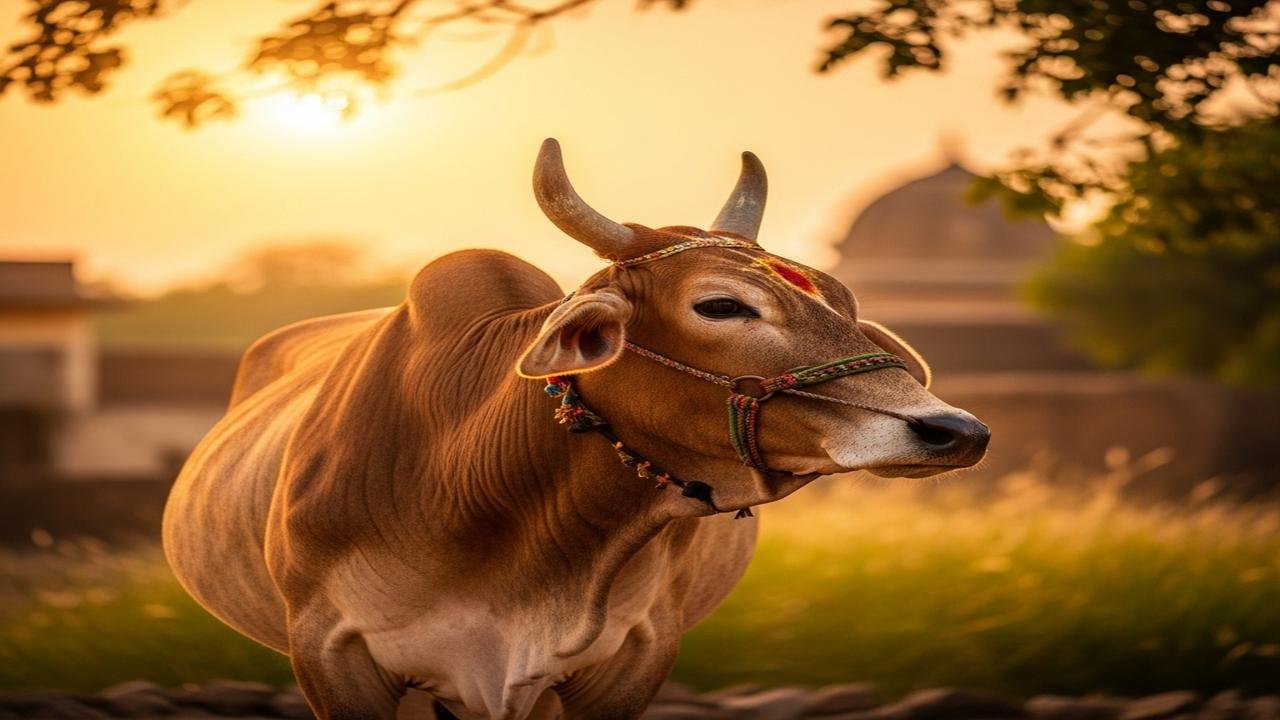You Never Knew Why Hindus Call the Cow Sacred

When I was a child, I would walk with my grandmother to feed the cows near our village temple. She would touch the cow’s forehead, whisper a small prayer, and smile as if she were blessing the whole world. That simple act felt like a secret that connected earth, sky, and heart. It is that quietly powerful feeling that explains why the cow is so lovingly called sacred in Hinduism.
The story begins in old scriptures and everyday life. Ancient texts like the Vedas and Puranas speak of cows as gentle, giving beings. The divine cow, Kamadhenu, is described as a wish-fulfilling mother who provides without asking. Lord Krishna, the playful cowherd, and the countless scenes of devotion around cows in village life weave a deep bond between people and these animals. Over centuries, this bond grew into both spiritual respect and practical care.
There are many layers to this reverence. First, the cow is seen as a symbol of nurture and abundance. Milk, ghee, and butter have been central to food, temple offerings, and healing rituals. For families in India, a cow often meant steady nourishment and a safe future. Second, the cow stands for ahimsa, the practice of non-violence. Caring for a gentle creature teaches compassion and humility. This moral lesson became a spiritual value woven into daily life.
- Spiritual meaning: The cow represents selfless giving and the quiet presence of divinity in ordinary life.
- Cultural role: In agrarian communities, cows supported farming, transport, and festivals, making them central to social life.
- Ritual use: Products like milk, ghee, and dung have holy uses—fueling lamps, making prasadam, and even helping in traditional medicines.
- Ecological value: Cow dung and urine have been used in organic farming and home remedies, showing an old harmony with nature.
Traditions around cows are warm and tender. On festivals like Gopashtami and Govardhan Puja, families decorate cows with garlands, paint their horns, and offer special food. Many temples keep cows in sacred shelters where devotees can feed and care for them. The ritual of offering the first portion of food or milk to the cow is common; it is a way of saying “thank you” for life’s small blessings.
Historically, protecting cows also became a social value. Village communities often supported gaushalas (cow shelters) and shared resources to ensure the animals’ wellbeing. These practices reinforced a culture of mutual help and respect for life. The cow’s image in art and folklore—quiet, patient, and giving—became a gentle teacher of virtues.
In today’s world, the sacred status of the cow finds new meanings. People turn to traditional farming methods, organic dairy, and natural remedies that use cow-based products. Urban families visit gaushalas or sponsor cows, bringing a piece of devotion into modern life. At the same time, the idea of cow reverence inspires broader conversations about kindness to animals and sustainable living.
Above all, the sacred cow invites a simple lesson: reverence can be practical and spiritual at once. It asks us to notice gifts we usually take for granted—milk for a child, the warmth of a small ritual, or the quiet help from a neighbor—and to respond with care.
Conclusion: When we remember the cow’s place in Hindu life, we are reminded to live with gratitude and gentle hands. May that humble devotion teach us to protect life, honor tradition, and carry kindness into every small act.
